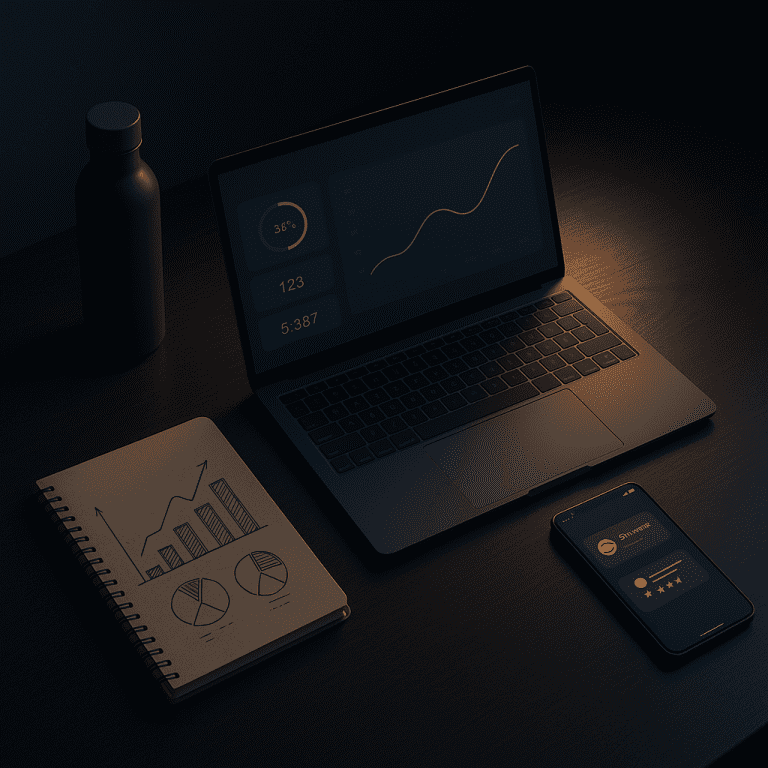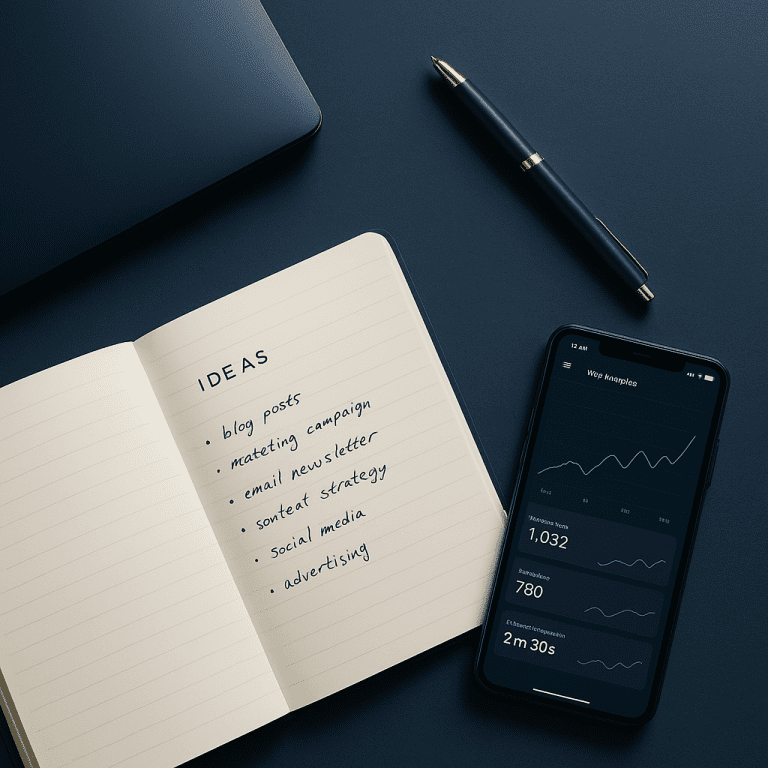Startups that understand how human behavior influences decision-making can gain a competitive edge. Behavioral economics combines psychology and economics to explain why people make irrational choices, and startups can use these insights to optimize pricing, increase engagement, and drive customer retention. This guide explores the key principles of behavioral economics and how startups can apply them to fuel growth.
How Behavioral Economics Impacts Startup Growth
Behavioral economics studies how cognitive biases influence consumer decisions. Unlike traditional economics, which assumes people make rational choices, behavioral economics acknowledges that emotions, habits, and mental shortcuts often drive decision-making. For startups, applying these principles can:
- Increase customer acquisition and retention.
- Improve pricing strategies to boost sales.
- Enhance product engagement through habit-forming design.
- Strengthen marketing campaigns by leveraging cognitive biases.
Behavioral Biases That Influence Customer Purchasing Decisions
Consumers rely on mental shortcuts when making purchasing decisions. Some of the most common biases include:
- Anchoring Effect: People rely heavily on the first piece of information they see. Startups can use this by displaying a higher-priced option first to make lower-priced options seem more attractive.
- Loss Aversion: People fear losing more than they enjoy gaining. Highlighting limited-time offers or emphasizing what customers might miss out on can increase conversions.
- Social Proof: Consumers tend to follow the actions of others. Reviews, testimonials, and user-generated content can build trust and drive sales.
- Decoy Effect: Adding an unattractive pricing option can make another choice seem more desirable. This is commonly used in subscription pricing models.
Understanding these biases allows startups to shape customer behavior effectively.
The Psychology of Pricing: Using Anchoring and Loss Aversion to Drive Sales
Pricing strategies based on behavioral economics can influence purchase decisions and maximize revenue. Some effective techniques include:
- Tiered Pricing: Offer multiple pricing options to guide customers toward a preferred choice.
- Charm Pricing: Ending prices in .99 or .95 creates the illusion of a lower price.
- Bundling: Grouping products together can increase perceived value and drive higher spending.
- Limited-Time Discounts: Creating urgency through countdown timers or flash sales encourages faster decision-making.
By strategically positioning prices, startups can improve conversions and increase average order value.
Creating Habit-Forming Products for Long-Term Customer Retention
Habit-forming design plays a crucial role in keeping users engaged with a product over time. The Hook Model, developed by Nir Eyal, outlines four key steps:
- Trigger: A cue that prompts the user to take action (e.g., notifications, emails).
- Action: A simple behavior performed in anticipation of a reward (e.g., scrolling, clicking).
- Variable Reward: An unpredictable benefit that keeps users coming back (e.g., social media likes, surprise discounts).
- Investment: The user contributes effort or data, making them more likely to return (e.g., personalizing a profile, adding friends).
By designing products that align with user habits, startups can build long-term customer relationships and reduce churn.
Leveraging Cognitive Biases to Improve Marketing and Engagement
Behavioral economics principles can also enhance marketing strategies. Some effective tactics include:
- Personalization: Customizing content and recommendations increases engagement and conversions.
- Scarcity and Urgency: Highlighting limited availability or exclusive deals encourages faster action.
- Framing Effect: The way information is presented influences perception. Emphasizing benefits rather than features can improve messaging.
- Gamification: Adding elements like progress tracking, rewards, and challenges makes interactions more engaging.
These strategies help startups connect with their audience on a psychological level, increasing loyalty and brand affinity.
Behavioral economics offers powerful insights that can help startups drive growth, optimize pricing, and improve customer engagement. By understanding consumer psychology and applying principles like cognitive biases, habit-forming design, and pricing psychology, startups can make more informed business decisions. Whether launching a new product or refining a marketing strategy, leveraging behavioral economics can lead to sustained success in an increasingly competitive market.
Share this content:




